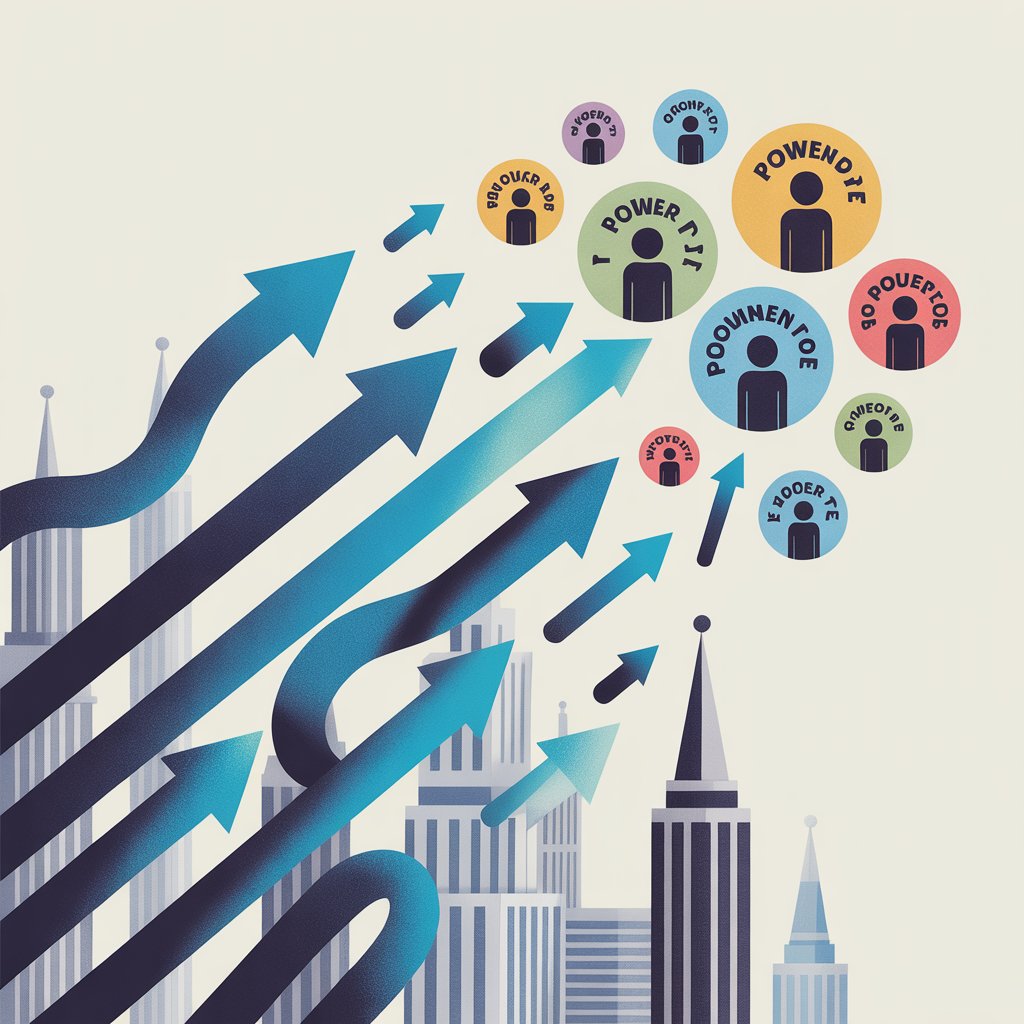Introduction

The rise of Web3, a decentralized version of the internet powered by blockchain, is bringing about a major transformation in how we use and interact with the internet.
Web3 gives users more control over their data—unlike Web2, which is dominated by centralized platforms like Google, Facebook, and so on.
In this article, we’ll dive into what Web3 is, how it differs from Web2, and the potential impact of the decentralized web in the decades to come.
1. What Is Web3?
Before we explain Web3, let’s look at the two earlier versions of the internet:
Web1: You could only read content on Web1 websites. An example would be a news site.
Web2: This is the version of the internet where you can interact and engage—e.g., Facebook, Twitter, and others.
So, what is Web3?
Web3 is a decentralized version of the internet, built on blockchain. It removes the need for third parties (like Google in Web2 or Instagram), which means users can own their data, money, assets, and more.
2. How Web3 Is Changing the Internet
Decentralized Finance (DeFi):
Web3 allows people to borrow, lend, and trade through blockchain-based financial services—without needing a bank.
Digital Identity and Privacy:
Users own their data—unlike in Web2, where corporations control user data and often sell it to third parties.
Digital Ownership:
Creators can own and monetize digital assets, from art to digital real estate.
Censorship Resistance:
Web3 is decentralized, which means no central authority can take down your content—giving users more freedom online.
DAOs (Decentralized Autonomous Organizations):
Communities can create and enforce their own rules, unlike on platforms like Facebook or Instagram, where group rules are controlled by centralized authorities.
3. Challenges of Web3 Adoption
Scalability Issues:
Web3 websites are built on blockchain networks like Ethereum, which still struggle with slow transaction speeds and high fees.
User Experience:
Web3 apps (DApps) require more technical knowledge compared to Web2 apps.
Security Concerns:
Vulnerabilities in DeFi and NFT markets have raised serious security concerns, discouraging potential users.
4. The Future of Web3
While Web3 is still evolving, it has the potential to redefine how people interact online. Future developments may include:
Platforms based on more scalable blockchains such as Ethereum 2.0 and Layer 2 solutions could enhance speed.
Web3 apps (DApps) with more user-friendly interfaces, making Web3 more accessible to everyday users.
Integration with AI and IoT enables more automation and intelligent services.
Conclusion
Web3 represents a shift in how the internet works—moving away from centralized control and giving users more security and ownership.
While challenges remain, the potential to disrupt industries, empower creators, and change online interaction makes Web3 a key trend shaping the future of technology.



Comments